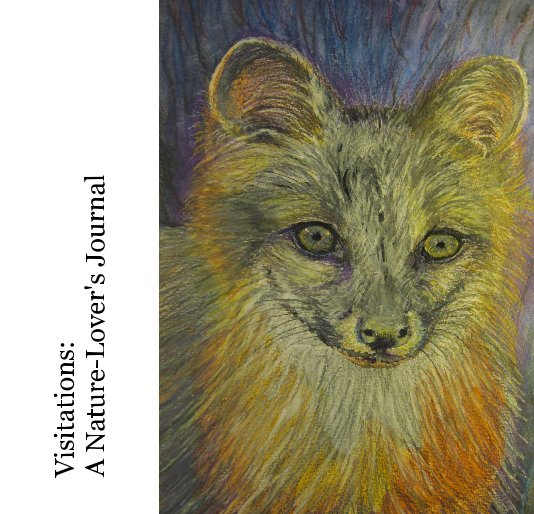Visitations: A Nature-Lover's Journal
Paintings and Haiku poems
de Forrest C. Greenslade, PhD
Este es el precio que tus clientes ven. Editar lista de precios
Acerca del libro
"I was that kid you could always find turning over rocks in streams, looking for what wonders nature would disclose to me," says Greenslade. His curiosity about the natural world, led him to a life as scientist and organizational executive. Now in retirement, Dr. Greenslade is again doing what he did when he was ten years old -- turning over rocks and sculpting and painting the wonders that nature discloses.
Visitations is the place where you can capture your own discoveries in your garden, on your walks through your special places, or just in your reveries.
"I lived a serious life, but now in my dotage, I am just letting the kid out again, " Greenslade smiles.
"It's more fun than an old guy deserves."
Características y detalles
- Categoría principal: Libros de arte y fotografía
-
Características: Cuadrado pequeño, 18×18 cm
N.º de páginas: 116 - Fecha de publicación: jun. 06, 2012
- Palabras clave Nature, art, journal, birds, animals, flowers, gardening
Acerca del creador
* ForrestFreen to the critters in our garden New visions inhabit the mind of Dr. Forrest Greenslade. His organic sculptures and paintings, derived from a life-long love of nature and mythology, have a new look and feel. Greenslade’s work is highly stylized yet clearly grounded in the natural world. His relief paintings are sculptural, built up with inches of thick acrylics and modeling paste to the point that they nearly jump off the canvas. His sculptures are enhanced with innovative coatings and patinas producing color, texture and an illusion of movement. His enhanced watercolors are soft and luminous. “I want people to experience motion and emotion in my art,” Greenslade asserts, “so my faces are seldom symmetrical and my figures just can’t stand still.” Greenslade’s use of materials is eclectic. “Because of my scientific training, I tend to be experimental in media media,” he explains. “I use metal, concrete, clay, acrylics, wood, found-objects – whatever tells the best story.


